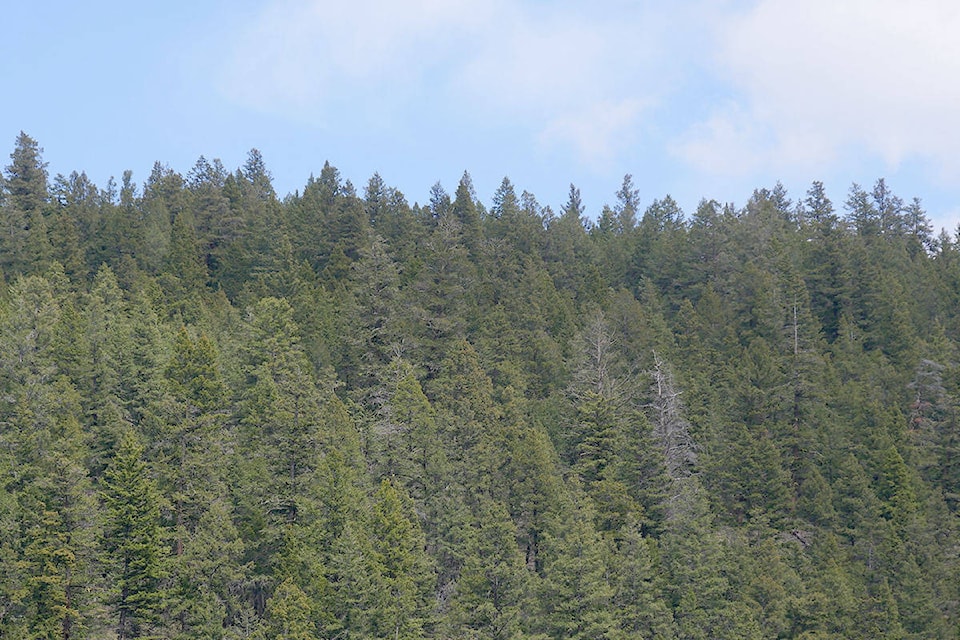Forestry, accounting for almost half of employment in the goods-producing sector, is a challenging story with a downward trend and an uncertain forecast in northern B.C., according to the Northern Development Initiative’s Trust (NDIT) second annual State of the North Report.
“Our major forest companies enjoyed record lumber prices through most of 2018, which has helped keep them in the black, however, they’re also impacted by export tariffs in the U.S. market due to the as-yet unresolved Softwood Lumber Agreement. On top of that, wildfire activity over the past two summers has eaten into a good chunk of the available timber in the region and exacerbated an already challenging timber supply picture due to the aftermath of the Mountain Pine Beetle epidemic and the current challenges with spruce and fir beetles. Looking forward, reduced timber supply will place continued downward pressure on this sector and force some forestry companies to rationalize their operations, which could mean shutdowns, further job loss and community impacts in the coming years,” NDIT CEO Joel McKay writes in the opening.
Furthermore, while there has been increasing demand from China and improvements in the U.S. housing market, the dollar value of wood product exports to China is down close to 20 per cent, including a 17 per cent drop in softwood exports, though, there was some positive news.
“Overall, the value of manufactured wood products is up 10.5 per cent through the first half of 2018, reflecting continued strong demand in the U.S., and sales of manufactured paper products increased 25 per cent through July 2018.”
However, although sales of manufactured wood and paper products remain strong, both production and employment are declining, according to the report. Softwood lumber production in Northern B.C. fell by approximately three per cent in 2017 and continued to decline in the first six months of 2018. Production declines were accompanied by declines in employment in both harvesting and wood product manufacturing.
“Declining production in the face of strong demand is primarily a reflection of declining timber supply. Since 2015, Allowable Annual Cuts (AAC) have been reduced in a number of areas. Those reductions were intended to bring harvest levels in line with historical levels after past increases aimed at salvaging value from trees killed by the mountain pine beetle. “
The Annual Allowable Cut (AAC) in the 100 Mile House timber supply area (TSA) was significantly reduced late last year from 1,948,002 cubic metres, of which no more than 477,707 cubic metres was attributable to live trees to 967,805 cubic metres of which no more than 477,707 cubic metres are attributable to live trees until a next determination is made, according to the Ministry of Forests Lands and Natural Resource Development.
When there’s a decrease in the AAC, under the Forest Act, the Minister then needs to make an apportionment decision. He needs to decide how the allocation of AAC to each forest licence will be “apportioned.” That decision hasn’t been made yet as of Jan. 15, according to a spokesperson for the ministry.
“According to the NDIT report, similar reductions have taken place in other areas in northern B.C. In October 2017, the AAC for the Prince George Timber Supply Area (TSA), the largest TSA in Northern B.C., was reduced by 33 per cent, bringing it below 1996 levels.”
The report notes that timber supply could be further impacted by habitat protection for caribou.
See the full report here.
newsroom@100milefreepress.net
Like us on Facebook and follow us on Twitter.
